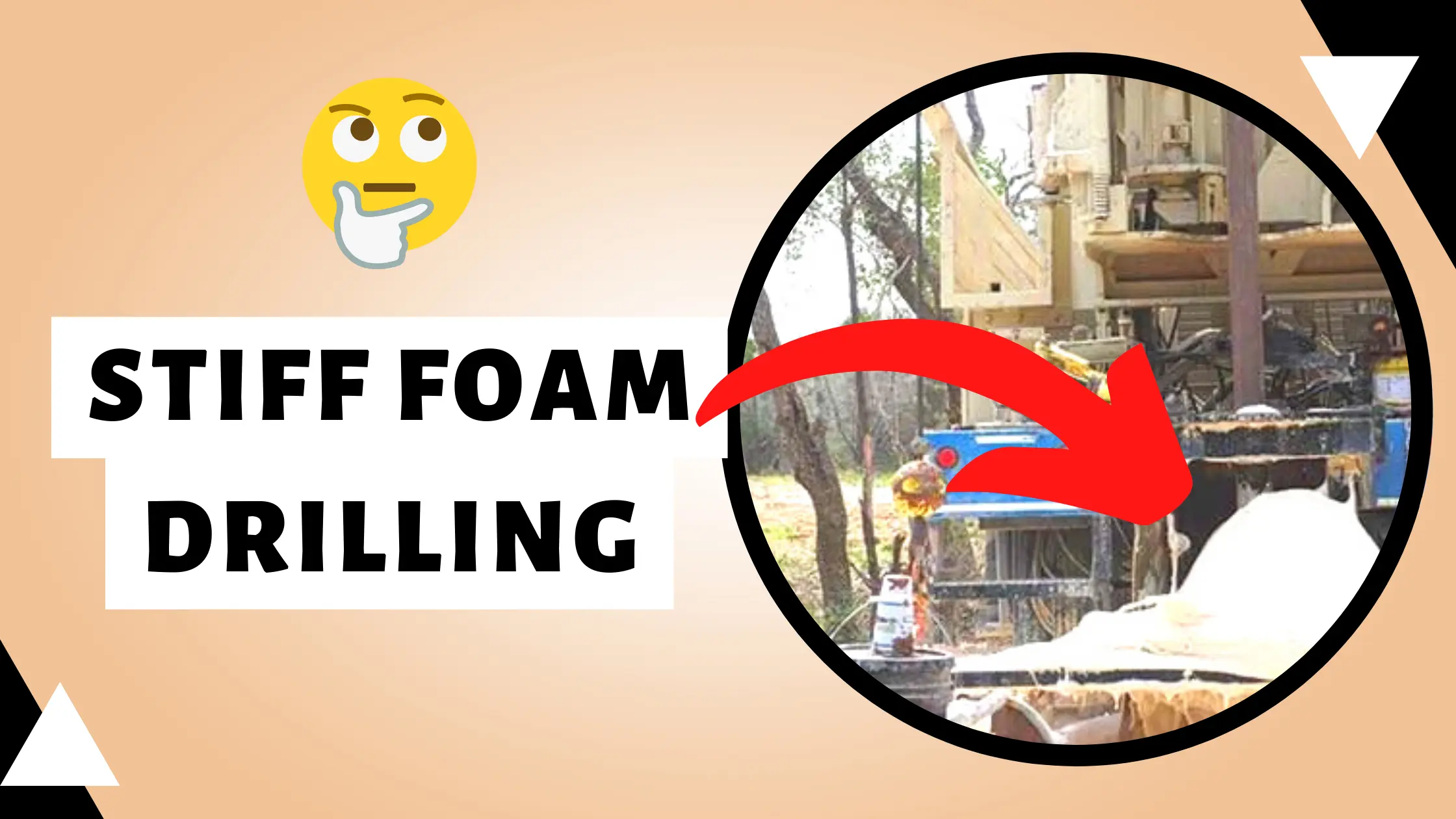Gasified liquids, which are used for underbalanced drilling applications, generally do not contain surfactants. Bottomhole pressures are ...
Read More »
Gasified liquids, which are used for underbalanced drilling applications, generally do not contain surfactants. Bottomhole pressures are ...
Read More »Stiff Foam Drilling Overview Stiff foam is a more viscous and stable form of foam that can be generated using surfactants alone. The reduction in horsepower requirements and low water consumption make the stiff foam a more economical option compared to other drilling fluids. In general, stiff foam drilling involves …
Read More »Foam drilling is a drilling technique that involves the use of a polymer foaming agent, water, and compressed air. In certain areas, it’s more effective than mud drilling, and it generally results in more efficient spoil disposal. Trenchless operators have access to a variety of drilling techniques. Foam Drilling Overview …
Read More »Mist drilling is used if only modest amounts of water inflow are experienced during air drilling. A small amount of water is injected into ...
Read More »Natural gas drilling, like nitrogen, can be used in lieu of dry air to reduce the risk of downhole fires. However, as it is released to the ...
Read More »Nitrogen may be used in place of air drilling in underbalanced drilling operations. Its major advantage is that mixtures of nitrogen and ...
Read More »In the ever-evolving field of petroleum geology, understanding the prospect model is crucial for unlocking the secrets of resource ...
Read More »Dry Air Drilling Overview Dry air drilling is an old underbalanced drilling technique used primarily in environmentally sensitive areas to prevent formation contamination. A basic air drilling surface setup is shown in Figure 1. FIGURE 1 However, effective hole cleaning is a problem with standard air drilling. The drag force on …
Read More »This topic covers the underbalanced drilling method, which is defined as the practice of drilling a well with the wellbore fluid gradient less than the natural formation gradient. Besides minimizing lost circulation and increasing the penetration rate, this technique has a widely recognized benefit of minimizing the damage caused by …
Read More »Learning Objectives: After completing this topic “Hydraulic Fracturing Fluids”, you will be able to: - List the functions performed by ...
Read More »